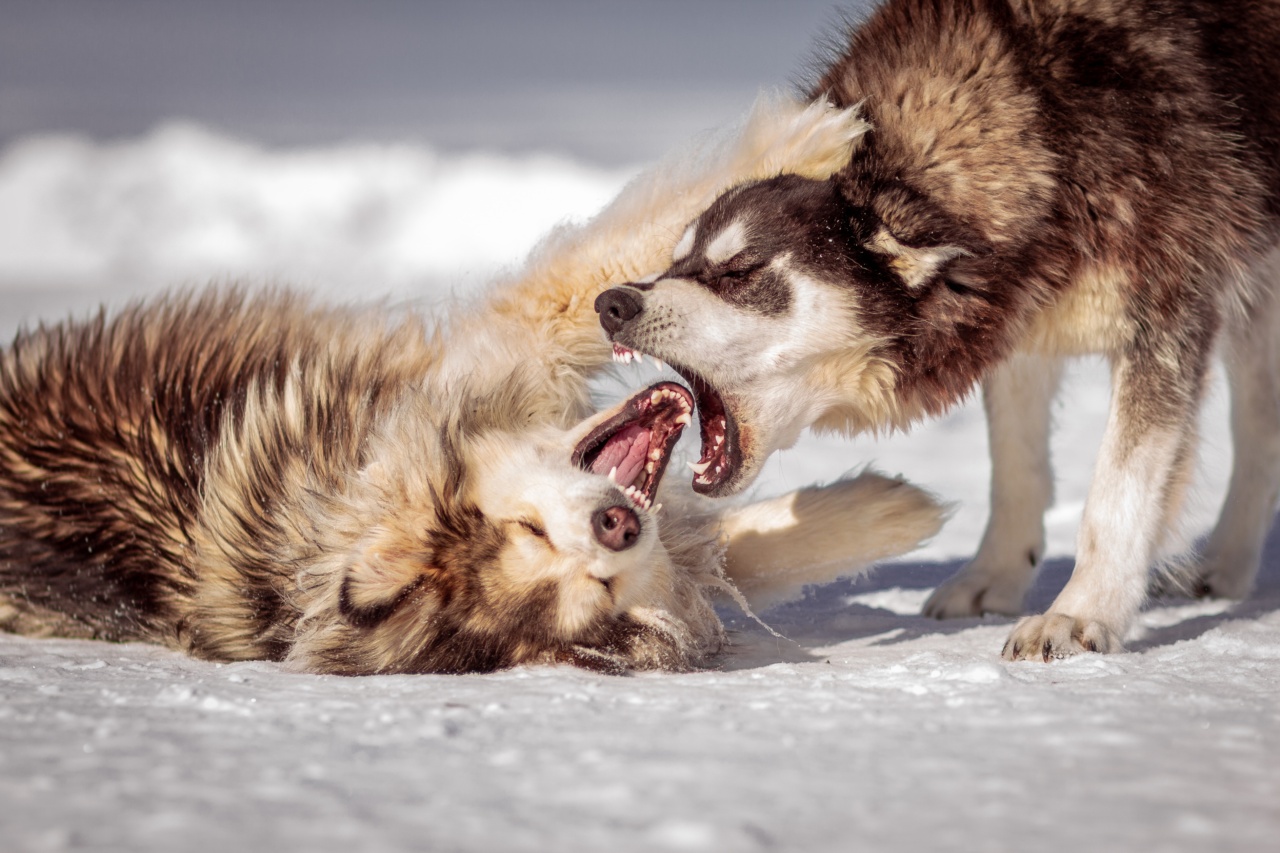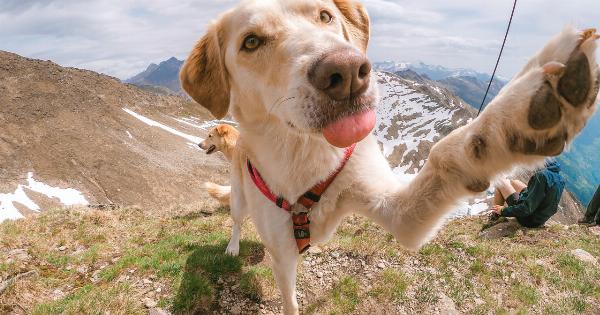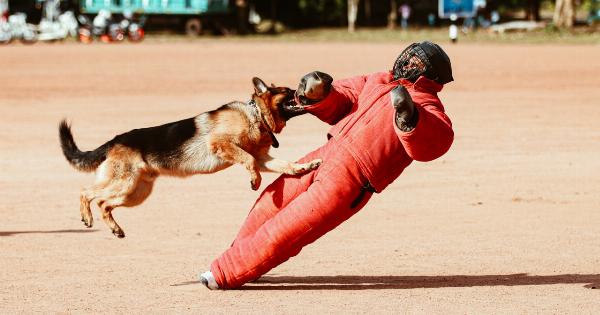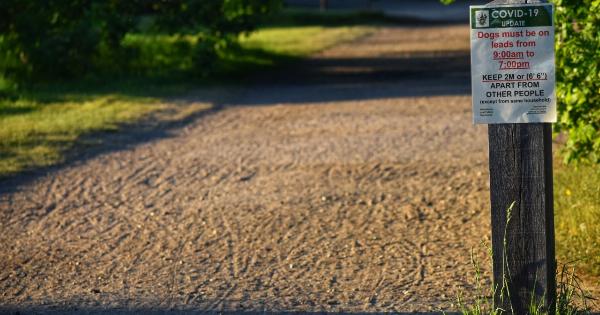Interacting with dogs can be a delightful experience for many people. However, encounters with aggressive dogs can quickly turn into a traumatic event.
Whether you’re an avid dog lover or someone who simply wants to stay safe during encounters with unfamiliar dogs, it is crucial to learn how to avoid aggressive dogs. In this article, we will explore five effective ways to reduce the risk of encountering an aggressive dog and ensure your safety.
1. Be Mindful of Your Body Language
Dogs are experts at reading body language, and they can quickly pick up on signs of fear or aggression. When approaching an unfamiliar dog, it is important to remain calm and avoid making sudden movements or gestures.
Keep your hands by your side and avoid direct eye contact, as these actions might be seen as threatening to a dog. Instead, maintain a relaxed posture and allow the dog to approach you if it feels comfortable.
2. Give Dogs Their Space
Dogs, like humans, have personal boundaries. It is crucial to respect their personal space, especially if they appear anxious or agitated.
Do not approach a dog that is tied up or confined to a small space, as they might interpret it as a threat to their territory. If you encounter a dog that seems uneasy, give it plenty of space and avoid any sudden movements that might further provoke its aggression.
3. Never Run Away
If you find yourself face-to-face with an aggressive dog, it is important not to panic or run away. Running triggers a dog’s prey instinct, and it will likely chase after you. Instead, stand still and avoid making loud noises.
If the dog approaches you, slowly back away without turning your back on it. Give the dog an opportunity to retreat on its own terms.
4. Use Non-Threatening Verbal Commands
In some situations, using verbal commands can help defuse a potentially aggressive encounter with a dog.
If the dog is displaying aggressive behavior, use a calm and firm voice to give commands such as “sit” or “stay.” However, avoid shouting or making sudden loud noises, as these actions might escalate the dog’s aggression.
5. Educate Yourself about Canine Body Language
Understanding a dog’s body language can help you identify signs of aggression before an incident occurs. Some common signs of aggression include raised hackles, bared teeth, and a stiff body posture.
By educating yourself about these signals, you can better assess the situation and know when it’s best to keep your distance.
Remember, no method is foolproof when it comes to avoiding aggressive dogs. However, by following these five tips, you can greatly reduce the likelihood of a negative encounter.
Stay calm, be aware of your surroundings, and respect dogs’ personal boundaries. By doing so, you can enjoy your interactions with our furry friends while keeping yourself safe.























